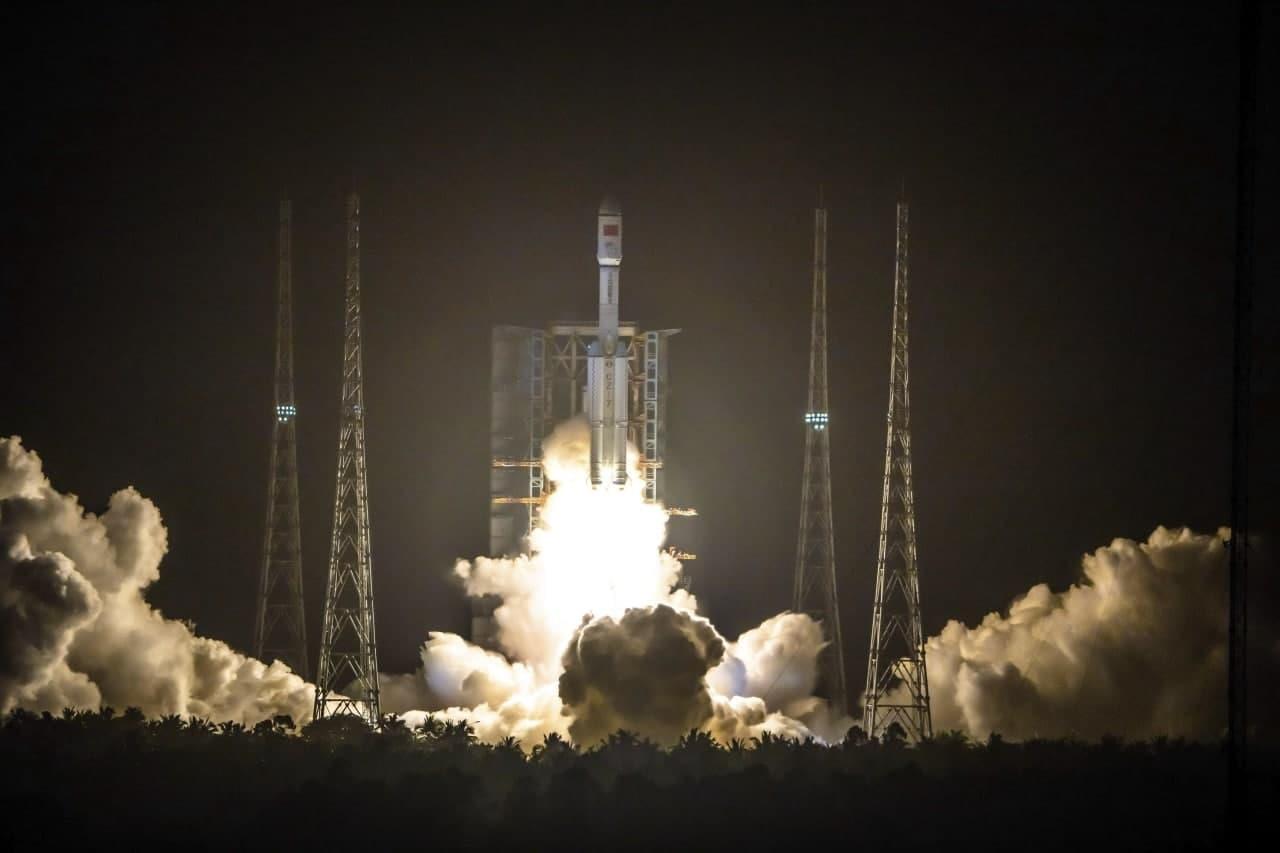BEIJING, May 30 (AFP) - China on Saturday (May 29) launched a cargo spacecraft carrying supplies for its new space station, after delays due to technical reasons, state media said.
A 14-tonne Long March 7 rocket carrying the Tianzhou-2 - loaded with essentials such as food, equipment and fuel - blasted off from the Wenchang launch site on the tropical southern island of Hainan, the Xinhua news agency reported.
The cargo craft successfully separated from the rocket, went into orbit and deployed its solar panels, the agency said, citing the China Manned Space Agency (CMSA).
The space station - named Tiangong, meaning "heavenly palace" - will need around 10 missions in total to complete assembly in orbit.
It is expected to become fully operational in 2022. Once completed, it is expected to remain in low Earth orbit for up to 15 years.
With the possible retirement of the International Space Station after 2028, Tiangong could become the only human outpost in Earth's orbit.
"We will transport support materials, necessary spare parts and equipment first, and then our crew," Xinhua quoted CMSA director Hao Chun as saying.
Once the cargo craft docks with the space station, China will begin preparations to send three astronauts up to unpack the goods, which include meals such as shredded pork with garlic sauce and Kung Pao chicken, the agency said.
Beijing has pumped billions into its space programme in a bid to make up ground on pioneers Russia and the United States, with ambitious projects in Earth orbit and the landing of uncrewed craft on the Moon and Mars.
Although Chinese authorities have said they are open to foreign collaboration on their space station, the scope of that cooperation is as yet unclear.
But the European Space Agency has already sent astronauts to China to train for work inside Tiangong when it is ready.
Earlier this month, China landed its Zhurong rover on Mars, becoming only the third nation to successfully land a craft on the red planet.
The rover has begun roaming the Red Planet to study Martian geology - it is to spend around three months taking photos and harvesting data from a vast northern lava plain.
The United States and Russia are the only other countries to have reached Mars, and only the former has operated a rover on the surface.
The launch of the Tianzhou-2 was to have taken place just days after the Mars rover landing, but was postponed for technical reasons.





